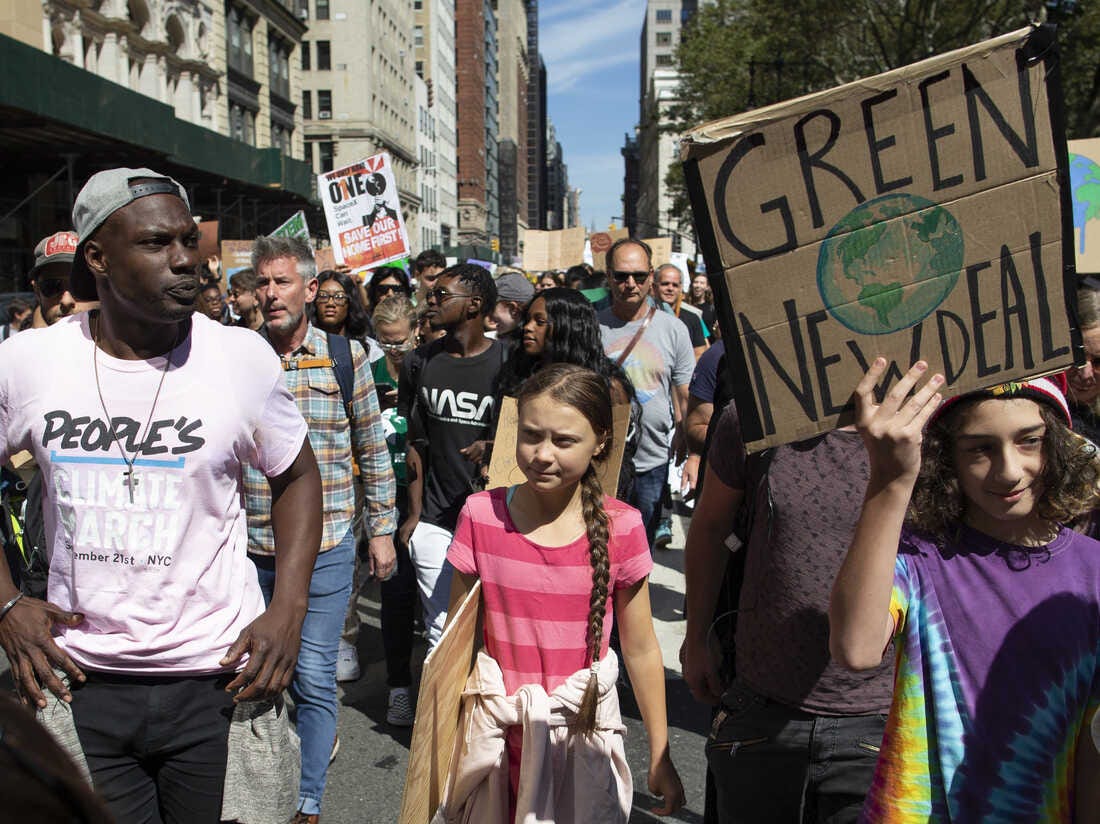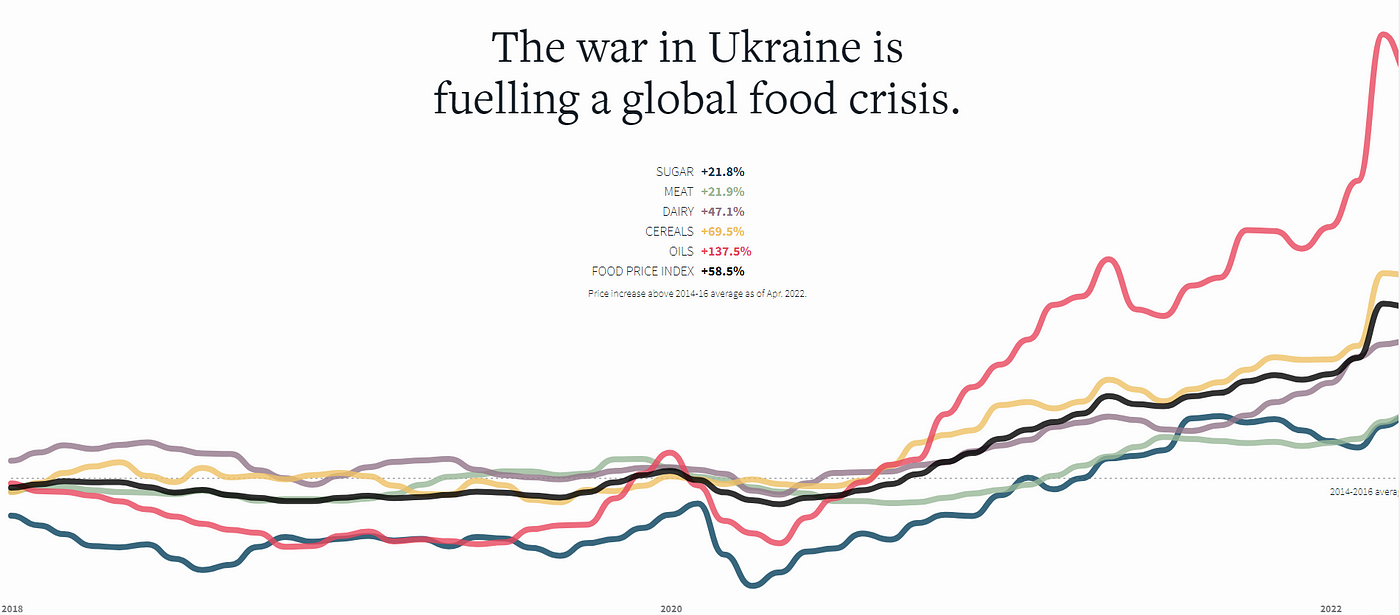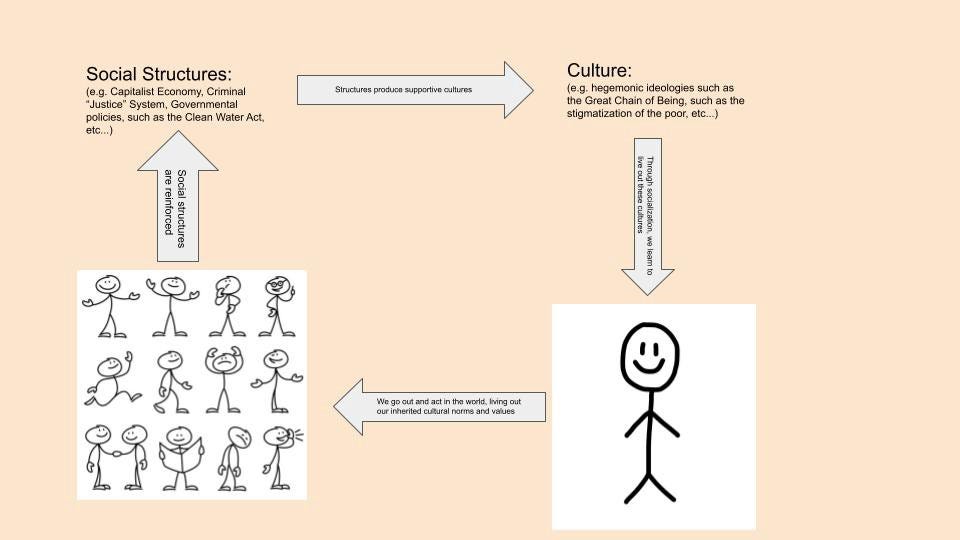

More Heat, Less Food: Global Capitalism in (Climate) Crisis
source link: https://medium.com/greener-together/more-heat-less-food-global-capitalism-in-climate-crisis-841f084e6b
Go to the source link to view the article. You can view the picture content, updated content and better typesetting reading experience. If the link is broken, please click the button below to view the snapshot at that time.
More Heat, Less Food: Global Capitalism in (Climate) Crisis
Sociological meanderings towards collective well-being.

As I write this, it’s hot. My little fuzzy dog can only handle walking early in the morning and late at night. He might only be 6 lbs, but he’s a powerful force: when he doesn’t get his daily walk, the whole house suffers his whining! My perennial flowers are blooming but thirsty; the grass of my lawn is dying. Watering them — especially the grass — feels short-sighted, as Mitt Romney recently argued. I read his article on American denial, and I’ve been thinking about it on the regular: sure, we have water now, but what about the future? And for me, this question comes from Chicago. Travel to the American Southwest (such as Lake Mead), to Northeast Mexico, or to Jordan, and the question feels more urgent.
Food and water are biological necessities. They are also of significant sociological concern. How we live our day-to-day lives is intimately tied to how our society organizes our access to food and water. And with the growth of extreme heat events, comes not just water, but food shortages.
As Derek Lemoine, an Associate Professor of Economics at The University of Arizona writes,
“While temperatures up to around 85 F to 90 F (29–32 C) can benefit crop growth, yields fall sharply when thermostats rise further. Some of the crops that can be hit hard by extreme heat include corn, soybeans and cotton. These reductions in yields could be costly for U.S. agriculture.
For example, a recent study I conducted found that an additional 2 degrees C (3.6 F) of global warming would eliminate profits from an average acre of farmland in the eastern U.S.”
The interconnectedness between the COVID pandemic, global wars — in the present moment, the Russian invasion, devastation, and war crimes, in Ukraine — and the climate crisis are causing food shortages and skyrocketing prices.

The question that emerges for me isn’t “how do we save ourselves?” Rather, what I ponder as a Sociologist is: how can we understand what brought us to this point so that we can figure out how to live differently — safely, peacefully, equitably — in the time (however much that is) that we have left?
Sociologists are particularly interested in the relationship between culture and social structure. I would argue that sociologists take a different approach to culture than anthropologists — for us, the focus is on how culture functions to maintain social organization (structure). Sociologists look at how culture produces solidarity to specific structural arrangements, including unequal arrangements, which is reflected in the concept of hegemony. In this essay (and in the class lessons) we are putting that framework into action by applying it to the climate crisis and institutional racism. The question is, what role does culture play in producing and prolonging both institutional racism and the climate crisis?
Here’s the sociological map: Structure produces supportive cultures → we are socialized into those cultures → we act in ways that reinforce the social structure.

Thus, as aspects of social structure, one of the ways that racism and environmental degradation are perpetuated is through cultural beliefs. These beliefs function to normalize behaviors that reinforce racism and environmental degradation. As Juliet Schor discusses, for example, the culture of consumerism — and the competitive consumption at the heart of it (Keeping up with the Jones’, the Kardashians, the Knowles’) — garners our participation in practices that reinforce the environmental degradation connected to toxic consumer products and growing and toxic waste.
What is clear in exploring both the Western idea of the “Great Chain of Being” and non-Western ideas such as “Indigenous Realism” and “Ubuntu” (as just two examples, among multitudes, of non-Western ideologies) is that Western capitalist societies have a worldview (culture) that encourages the practices of supremacy and hierarchy that grant social permission to perpetuate oppression and violence in the name of racism and environmental harm. The prominence of the hierarchy of the “Great Chain” in the West is the cultural groundwork for supporting policies and practices that dehumanize the “other” (Klein), which makes it easier to enact violence against those who have been slated as “inferior” beings and species. So, for example, we come to feel comfortable with blowing up mountains and housing people of color next to the toxic mines that those mountains become.
Or, the West (and the people in the West who support these policies) is willing to engage in deforestation at the expense of local food cultures and land preservation. As Gustavo Orozco pointed out, when the Spanish colonized Costa Rica, they brought cattle with them, which led to mass deforestation, thus devastating the rainforests well into the present. Animal agriculture is a significant, but under-discussed, driver of the climate crisis. Ezra Klein, writing in the New York Times, highlights this:
This cultural preference for meat — this desire for everyone to “have a steak every night” — has its roots in colonization. First, you have historical moments like when the Spanish brought cattle to Latin America (as one example of colonization). Then, after the Industrial Revolution, agriculture slowly became the industrial agriculture that we know today: mass-scale factory farming which is particularly destructive. Finally, with advances in media technology, Western culture was spread across the world along with the “new consumerism” (Schor), so that now the products of industrial agriculture can be purchased in McDonald’s and KFC in most countries across the globe. And, of course, those profits still flow North.
Further, the monocultural agriculture that came with colonization (as referenced in The End of Poverty) fed the North while leaving mass hunger behind in the Global South. As Eduardo Galleano wrote of Brazil, “Beginning in 1870 the sugar industry was substantially modernized as big central mills were installed, and the absorption of land by latifundios progressed alarmingly, sharpening the hunger of the area” (p. 64). In the context of colonization, land, people, and the ecological relationship between the two were devastated in the name of accumulation and profit. The “Great Chain of Being,” which is a worldview that sees humans as superior to land and ecology, that sees some humans (white, men) as superior to other humans (people of color, women), provided the cultural support for the perpetuation of systems of colonization of slavery. The impacts of these global and local dynamics are still present in our current social systems.
On the other hand, many non-Western and Indigenous societies have a worldview that is holistic and that encourages equity, care, and land stewardship. It is no surprise that an exploration of Indigenous cultures finds egalitarian social structures and that many of the most prominent leaders of the environmental movement are Indigenous. David Treuer, an Indigenous academic, wrote in The Atlantic about the relationship between Native Americans and the land that we now call National Parks:
He’s speaking to the fact that, as Daniel Wildcat points out in his explanation of “Indigenous Realism,” indigenous social systems have been built upon a culture of reciprocity (not binaries or hierarchies) which led to significant land stewardship. It was colonization that led to the environmental destruction of Western expansionism and capitalism. And, Wildcat argues that we need to explore the current environmental crisis through a realistic (and not romanticized) lens, but with a recognition of the crucial knowledge that indigenous communities bring to the table.
One conclusion note: sociologists take a critical approach to social institutions. Since our focus is on collective well-being, we are critical of social structures that don’t produce collective-well being. That said, we are not attached to (or promoting) any particular alternatives. “Indigenous Realism” (Wildcat) is an alternate worldview, but what kind of new or reconstructed social structure would or should it lead to? That’s for all of us to decide, as critical thinkers in a (struggling) Democracy. We need to explore new ideas that reach toward well-being. To critique a system does not mean we need to throw it all away. We can use our critical thinking capacities to illuminate and support the aspects of a system that are positive and useful while reorganizing those aspects that are most harmful. Given that all ideas need to be tried and tested, it’s important not to get too attached to any particular system, so that we can always be open to any necessary changes, as we reach for greater collective well-being.
Please, take good care of yourselves, and take good care of all people. And, get inspired by local activists, such as the Little Village Environmental Justice Organization and the Urban Growers Collective.
Recommend
About Joyk
Aggregate valuable and interesting links.
Joyk means Joy of geeK